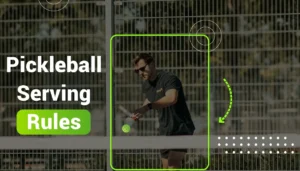
Pickleball Serving Rules for Beginners: Start Your Game Right
Ever lined up for a pickleball serve, feeling confident, only to hear someone shout, “Fault!”? Yeah, I’ve been
No products in the cart.
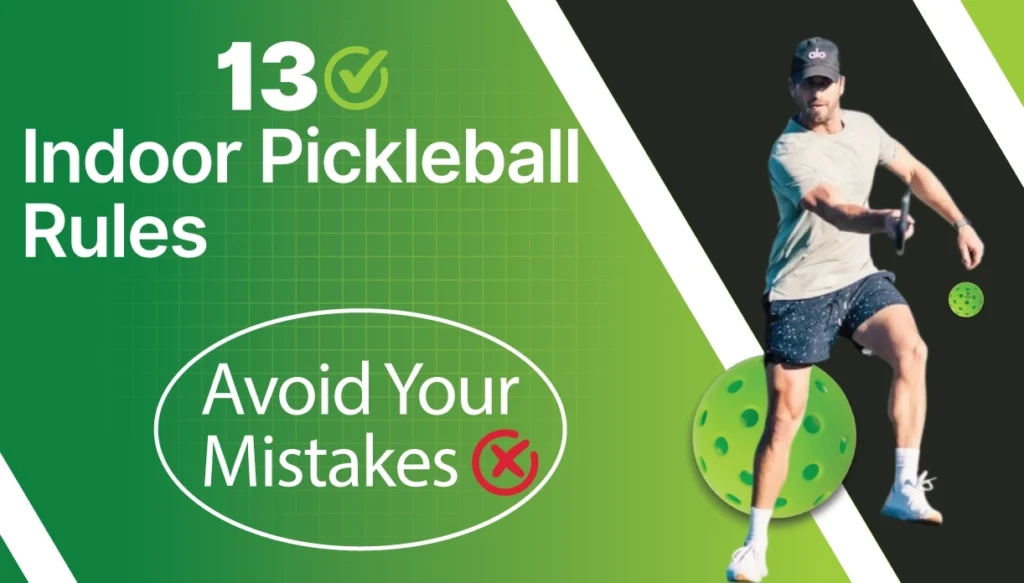
I still remember my first time on an indoor pickleball court—bright lights, polished floors, and a buzzing crowd. It felt a bit intimidating at first, but once I got the hang of the rules, it became one of the most fun and addictive games I’ve ever played.
If you’re new to indoor pickleball or just need a quick refresher, you’re in the right place. Let me share the key rules and tips so you can hit the court with confidence!
Indoor pickleball is mostly the same as outdoor pickleball, but there are a few differences that can impact your game. For one, the ball is often softer and has fewer holes, making it bounce a little lower and fly slower compared to outdoor play.
Plus, indoor courts usually have smoother surfaces like wood or gym floors, so you’ll notice the ball doesn’t skid as much. That said, the core rules stay the same—let’s dive into those!
Get ready to rule the court! This table gives you the key indoor pickleball rules with simple, fun examples to boost your game fast.
| Rule | Description | Simple Example |
| Pickleball Serving Rules | The serve must be underhand and hit diagonally to the opponent’s service court. The server must keep at least one foot behind the baseline. | You serve the ball underhand, aiming diagonally across the court. Your foot stays behind the baseline until the ball is hit. |
| Let Serves (Indoor Pickleball) | If the ball hits the net on a serve but still lands in the correct service court, it is called a let serve and the server gets to serve again. | You serve the ball, and it clips the top of the net but still lands in the correct service box. You get another chance to serve without a penalty. |
| Double-Bounce Rule | After the serve, the ball must bounce once on each side before either team can volley (hit the ball out of the air). | You serve the ball, your opponent lets it bounce before returning it. You must also let the ball bounce once before hitting it back. |
| Non-Volley Zone (Kitchen) Rule | Players cannot volley (hit the ball out of the air) while standing inside the 7-foot kitchen area or while touching the kitchen line. | You’re at the net, and the ball comes flying your way. You wait for it to bounce before hitting it because your feet are inside the kitchen. |
| Scoring Rules | Only the serving team can score points. Games are typically played to 11 points, and you must win by 2. | Your team is serving, and you win the rally. You score 1 point and continue serving. If the other team wins the rally while you serve, they don’t score a point; they gain the serve. |
| Faults and Violations Rules | A fault occurs when a rule is violated, such as hitting the ball out of bounds, stepping into the kitchen while volleying, or missing the serve. | You volley the ball while standing inside the kitchen—that’s a fault, and your opponent wins the point or serve. |
| Foot Faults (Indoor Pickleball) | A foot fault happens when a player steps on or over the baseline while serving or steps into the kitchen while volleying. | While serving, you accidentally step on the baseline—this is a foot fault, and the serve goes to your opponent. |
| Net Touch Violations | If a player touches the net with their paddle, body, or clothes during a rally, it results in a fault. | You hit a volley near the net, but your paddle grazes the net afterward—that’s a fault, and the point goes to your opponent. |
| Calling Faults | In casual play, players call their own faults. In competitive matches, a referee may be present to call faults and violations. | You step into the kitchen while volleying. You call the fault on yourself, and your opponent wins the point. |
| Timeouts and Injury Rules | Teams are allowed timeouts during a game for strategy or injury breaks. Each team can call 1-2 timeouts per game. Injury timeouts are allowed as needed. | Your team is feeling winded, so you call a timeout to regroup and discuss strategy. The timeout lasts for up to 1 minute. |
| Referee Role | In official tournaments, referees manage the game, call faults, ensure rules are followed, and settle disputes. | A referee is present to call foot faults, net violations, or double-bounce faults during competitive matches. |
| Ball Substitution Rules | In some indoor settings, players may substitute balls if the current ball becomes damaged or isn’t suitable for play. | Mid-game, the ball develops a crack. The referee allows a ball substitution so play can continue with a new ball. |
| Timeout Strategy | Timeouts are often used for recovery, to stop momentum, or to adjust game strategy. | Your opponents are gaining momentum, so your team calls a timeout to break their rhythm and discuss a new strategy. |
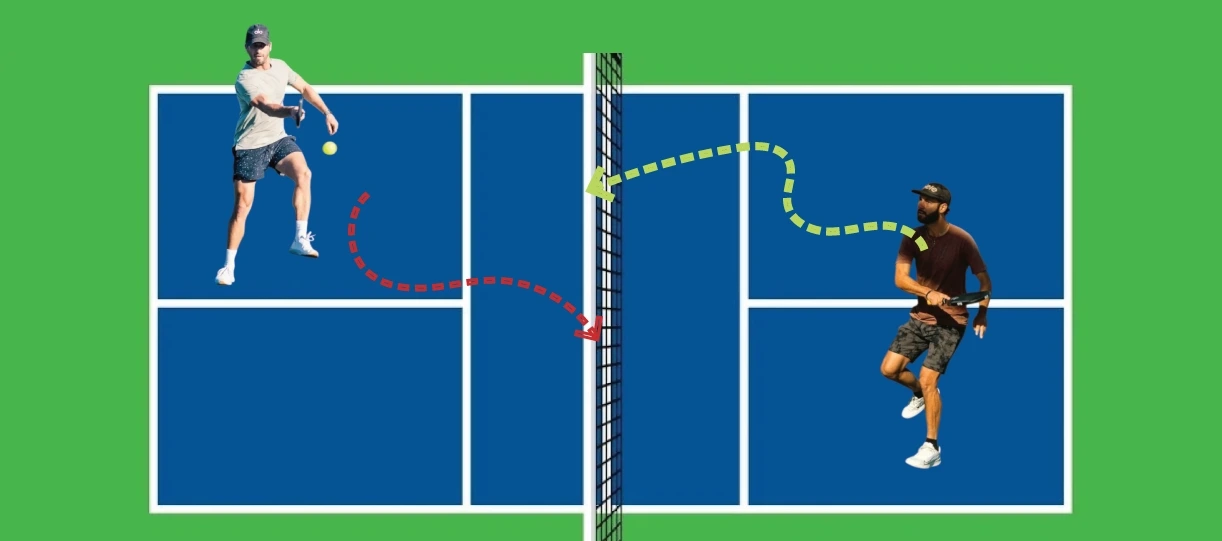
Pickleball is a bit like a mix of tennis, badminton, and ping-pong. It’s played either as singles (one-on-one) or doubles (two-on-two), with doubles being more common. The goal? Score points by hitting the ball over the net and into your opponent’s court—without them returning it.
Here’s the quick lowdown:
Pretty simple, right? Now, let’s break it down into some key rules.
Serving in pickleball is unique—it’s always done underhand. Here’s how I like to remember it: imagine you’re tossing a ball underhand to a friend at the park. When serving,
you have to make contact with the ball below your waist, and you need to send it diagonally across the court to your opponent’s service area.
Serving sounds straightforward, but it can take a bit of practice to get consistent. If you’re looking to improve faster, check out my favorite pickleball serving tips—they made a huge difference in my own game!
This is one of the most important rules in pickleball and helps keep the game fair. It’s called the Double-Bounce Rule. Here’s how it works: when the ball is served, the receiving team must let the ball bounce before returning it, and then the serving team must let it bounce once before hitting it back.
Think of it as a way to give both teams a fair shot before anyone rushes to the net. It keeps things balanced and prevents the game from becoming a mad dash!
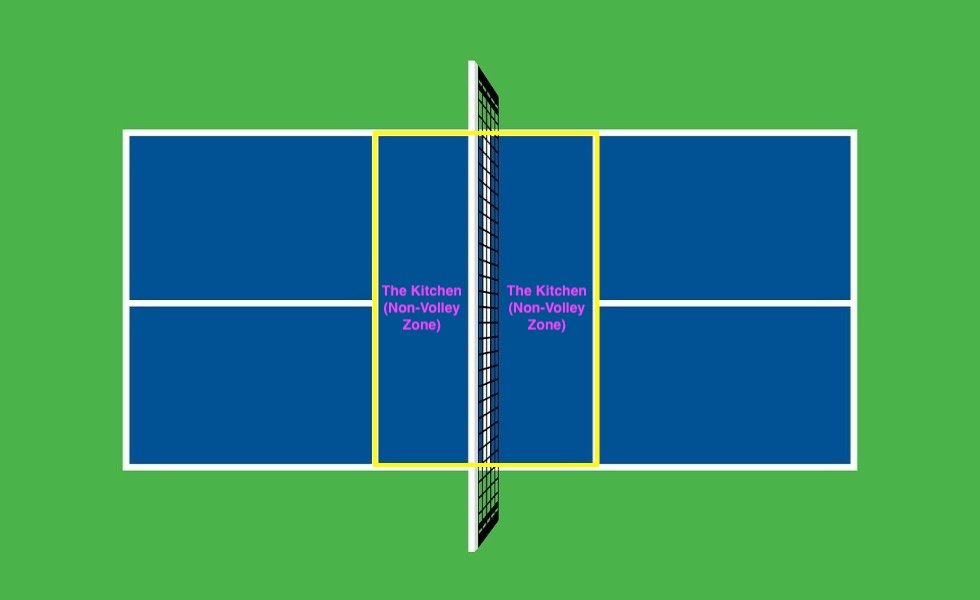
Ah, the kitchen! It’s a funny name for a serious area on the court. The non-volley zone, or kitchen, is the 7-foot area extending from the net on both sides.
The rule here is simple: you can’t volley (hit the ball out of the air) while standing in the kitchen or even touching the line.
I’ve seen plenty of players get caught up in the heat of the game, only to forget this rule and step into the kitchen after a volley—oops, fault! But don’t worry, if the ball bounces in the kitchen, you’re allowed to step in and return it, as long as it’s not a volley.
Here’s a quick tip I learned early on: stay light on your feet and avoid getting too close to the kitchen unless you’re ready to move back quickly after hitting the ball!
Scoring is easy once you get the hang of it. In pickleball, only the serving team can score points. The first team to reach 11 points wins, but remember, you must win by at least 2 points—so if the score is 10-10, you’ll have to keep playing until one team pulls ahead by 2. To learn more about how pickleball scoring works in detail, check out this helpful guide.
Each time you win a point while serving, you switch sides with your partner (if playing doubles) and continue serving. If you lose the rally, your partner gets a turn to serve.
Once both you and your partner lose your serves, the opposing team gets a chance to serve and score.
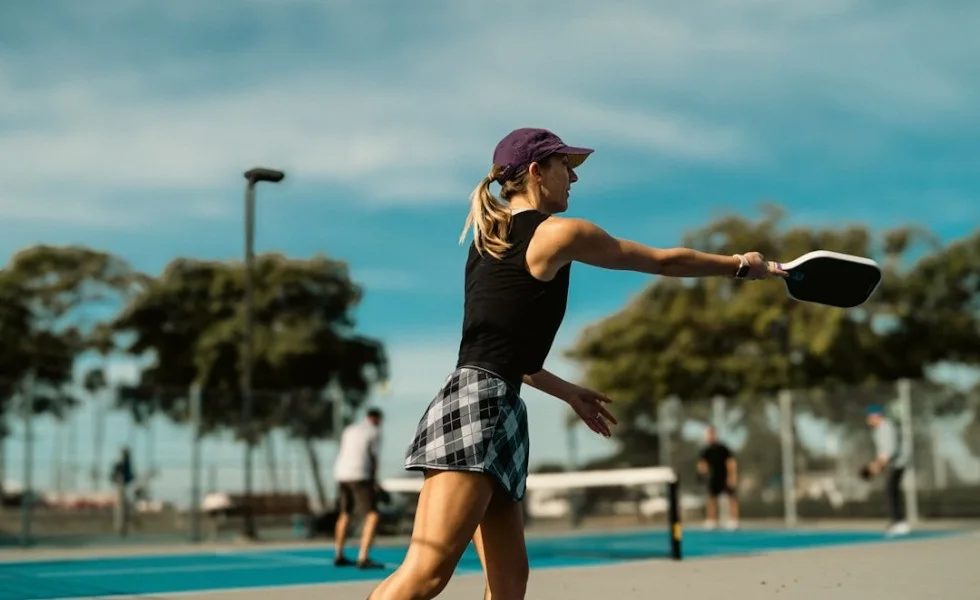
Let’s talk about some common mistakes to avoid, so you don’t lose points unnecessarily:
In longer or more competitive indoor matches, you might need a breather. Each team can call timeouts to regroup or catch their breath. If a player gets injured, there are also injury timeouts allowed, ensuring everyone stays safe and can play their best.
Referee Role in Pickleball
In competitive indoor pickleball matches, a referee plays a crucial role in managing the game. They are responsible for:
Knowing when to call a timeout can be a game-changer, especially in indoor pickleball. Here are a few strategic reasons to use your timeouts wisely:
Sometimes, during an indoor pickleball match, the ball may crack or lose its bounce due to the hard indoor surfaces. In such cases, players can request a ball substitution.
Indoor pickleball courts often have different surfaces, like gym floors, which can affect how the ball bounces. Here’s what I’ve found helpful:
Now that you’ve got the basics down, it’s time to hit the court! Indoor pickleball is fast, fun, and a great way to stay active all year round. Grab a paddle, practice your serve, and enjoy your first game.
The best part? You’ll learn more as you play, and soon enough, you’ll be serving up aces and mastering the kitchen like a pro.
See you on the court!
The double-bounce rule means both the serving and receiving teams must let the ball bounce once on their side before they can volley it (hit it out of the air).
No, you cannot volley (hit the ball out of the air) while standing in the kitchen or touching the kitchen line. You can only volley outside of this 7-foot zone.
The serve must be underhand, with the ball hit below the waist, and it must be served diagonally to your opponent’s service box. Let serves (when the ball hits the net but lands correctly) are allowed.
That’s called a foot fault. In pickleball, both feet must stay behind the baseline during a serve until the ball is hit.
Only the serving team can score points. Games are usually played to 11 points, and you must win by 2.
A let serve occurs when the ball hits the net but still lands in the correct service box. When this happens, you get to serve again.
Yes! In casual games, players call their own faults. In competitive matches, a referee will call the faults for you.

Ever lined up for a pickleball serve, feeling confident, only to hear someone shout, “Fault!”? Yeah, I’ve been

Hey everyone! Let’s talk about the let serves in pickleball. Simply put, it’s a serve that clips the